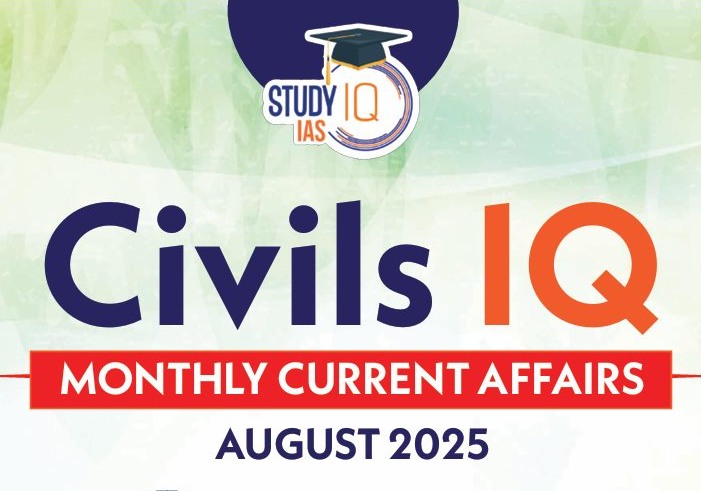Table of Contents
Recently U.S. President-elect Donald Trump called the transfer of the Panama Canal to Panama a “foolish” decision and demanded its return to the U.S. This article explores Trump’s recent threats regarding the Panama Canal, its historical background, and its strategic importance for UPSC aspirants.
Trump’s Threat to Take Over the Panama Canal
In December 2024, Donald Trump made a series of provocative statements regarding the Panama Canal, asserting that the United States should regain control over the waterway. Trump criticized Panama for charging what he deemed “unfair” fees to US ships passing through the canal, alleging that the US was being “ripped off” by Panama, which operates the canal today. His comments also pointed to concerns over China’s increasing influence in the region, specifically the canal, and its potential national security implications for the United States.
Trump’s proposal is not new. During his first term as president, he also floated the idea of regaining control over the Panama Canal, although it was met with significant international backlash and was never pursued seriously. His recent comments, however, highlight the strategic importance of the Panama Canal to US trade, military mobility, and global power dynamics.
Why is Trump upset with Panama?
- High Transit Fees: The Panama Canal Authority (ACP) increased transit fees for U.S. vessels.
- In 2023, a severe drought in Lakes Gatun and Alhajuela, which supply water to operate the canal’s locks, reduced the canal’s shipping capacity by 36%.
- To compensate for reduced capacity, ACP increased fees, affecting U.S. vessels heavily reliant on the canal for trade.
- Increased Chinese Presence: Since 2017, when Panama became the first Latin American country to join China’s Belt and Road Initiative (BRI), Chinese investments in the canal have grown.
About Panama Canal
- It is an 80-kilometer artificial waterway connecting the Atlantic and Pacific Oceans through the Isthmus of Panama.
- It is a lock-type canal owned and administered by Panama.
- It is one of the major choke points of the world. It handles the 6% maritime trade volume of the world.
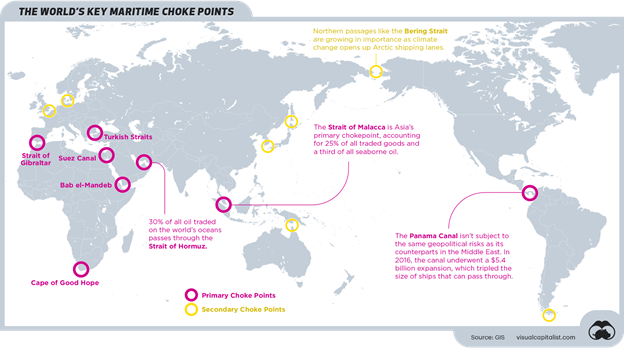
Historical Background of the Panama Canal
Early Exploration and Construction (1500s – Early 1900s)
The idea of constructing a canal across the Isthmus of Panama dates back to the early Spanish explorers in the 1500s. The desire to connect the Atlantic and Pacific Oceans to facilitate trade became increasingly apparent as global trade grew. However, it was not until the late 19th century that the first serious attempts were made to build a canal.
The French, under the leadership of Ferdinand de Lesseps, initiated the first attempt at constructing the canal in the 1880s, but the project failed due to technical challenges and a devastating yellow fever epidemic that claimed thousands of lives. It was left to the United States to take on the project.
The US Takes Control (1904 – 1914)
In 1904, the US, under President Theodore Roosevelt, assumed control of the canal construction project after negotiating the Hay-Bunau-Varilla Treaty with Panama, which had gained independence from Colombia in 1903. The US paid Panama $10 million for control of the canal zone, along with an annual fee. The canal was completed in 1914, and its operation was overseen by the US government.
US – Panama Treaty
- It is also known as the Torrijos–Carter Treaties, was signed in 1977 by the United States and Panama to transfer control of the Panama Canal to Panama.
- It was transferred to Panama in December, 1999. Panama took full responsibility for operating, managing and maintaining the canal after the transition.
- Permanent Neutrality Treaty: Declared the canal neutral and open to vessels of all nations. It also gave the U.S. the right to defend the canal’s neutrality and prioritize passage in military emergencies.
Strategic Importance of the Panama Canal
Global Trade and Economic Impact
The Panama Canal is one of the most strategically important waterways in the world. It significantly reduces the time and cost of shipping goods between the Atlantic and Pacific Oceans by providing a direct route across the Isthmus of Panama. Without the canal, ships would have to navigate the long and treacherous route around the southern tip of South America, the Strait of Magellan, or around the Cape of Good Hope.
Military Significance
The Panama Canal has long held military importance, especially for the United States. During the Cold War, the canal was considered a critical asset for the rapid movement of military ships between the two oceans. Although its strategic importance for military purposes has somewhat diminished in the post-Cold War era, the canal remains an essential part of US defense infrastructure.
China’s Growing Influence
In recent years, China has made significant investments in the Panama Canal, further fueling US concerns. China is the second-largest user of the canal after the US, and it has strengthened its economic ties with Panama since the country cut diplomatic ties with Taiwan and recognized Beijing in 2017. China’s growing presence in the region has led to fears in the US that it could eventually exert influence over the canal, potentially disrupting US trade and military operations.
Geopolitical and Economic Ramifications of Trump’s Threats
While Trump’s threats to “take back” control of the Panama Canal may be seen as an expression of his “America First” policy, they are unlikely to result in any practical action. International law, treaties, and the sovereignty of Panama prevent any unilateral actions by the US in this regard. However, Trump’s statements reflect the ongoing tensions between the US and China, especially regarding global trade routes and the balance of power in the Western Hemisphere.
For UPSC aspirants, understanding the history and strategic significance of the Panama Canal is crucial for grasping the broader context of international relations, trade, and security concerns. The canal is not only a key economic asset but also a symbol of US influence in the Americas, which has been a central theme in US foreign policy for over a century.
Conclusion
The Panama Canal’s history is intertwined with US foreign policy, trade, and military strategy. While Trump’s recent comments about taking control of the canal may be seen as a rhetorical move aimed at appealing to his base, they underscore the continuing relevance of the waterway in global geopolitics. For UPSC aspirants, it is essential to understand both the historical context and contemporary issues surrounding the canal, as they provide valuable insights into global trade, security concerns, and US foreign policy

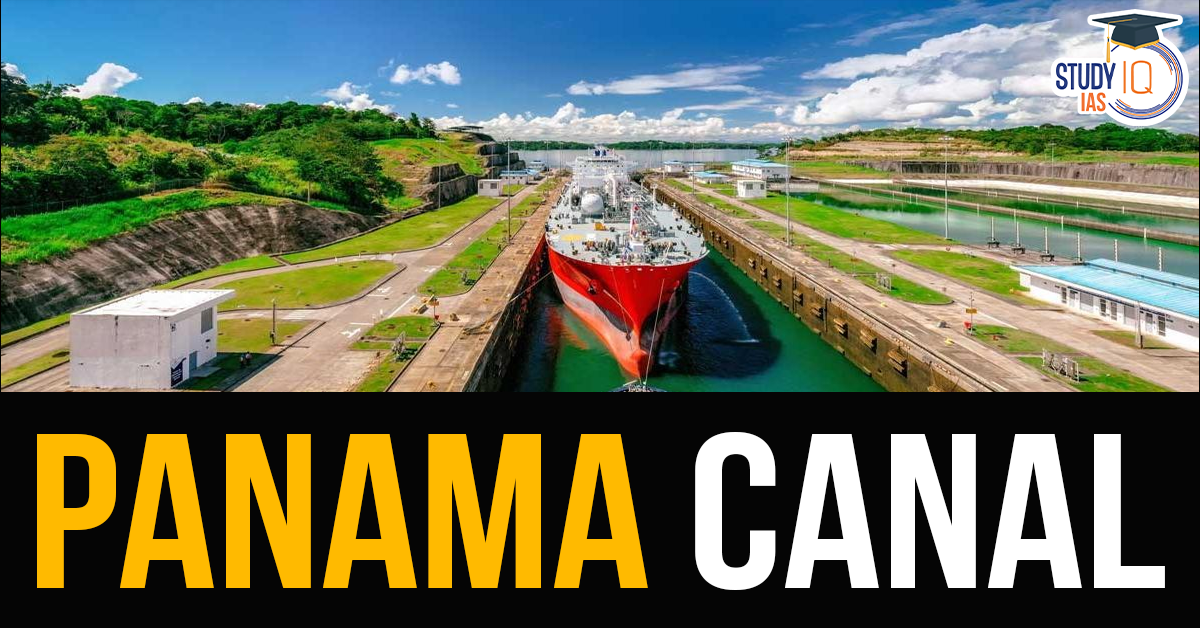
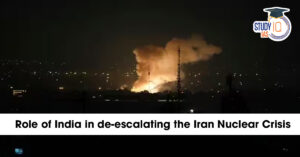 Iran Nuclear Crisis and India’s Role f...
Iran Nuclear Crisis and India’s Role f...
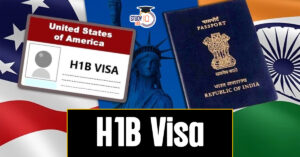 H1B Visa Program, Beneficiaries, Eligibi...
H1B Visa Program, Beneficiaries, Eligibi...
 Comparison Between India & France's ...
Comparison Between India & France's ...
